Ripple Wraps Up SEC Fight: Ready to Disrupt SWIFT in 2025?
Imagine a world where sending money across borders is as quick and cheap as firing off a text message. That’s the promise Ripple has been chasing, and now, with its grueling legal tussle against the SEC finally behind it, the spotlight is back on whether it can shake up the global payments giant, SWIFT. As of September 8, 2025, XRP is trading at $3.15 with a 3.2% daily gain, riding a wave alongside BTC at $115,200 (up 1.5%), ETH at $4,500 (up 1.8%), and other majors like BNB at $920 (up 2.8%), SOL at $215 (up 3.5%), DOGE at $0.24 (up 5.2%), ADA at $0.87 (up 2.7%), STETH at $4,480 (up 1.4%), TRX at $0.34 (up 5.1%), AVAX at $26 (up 2.3%), SUI at $3.50 (up 2.5%), and TON at $3.20 (up 1.5%). This surge underscores the market’s excitement, but can Ripple truly step up to challenge SWIFT’s dominance?
How Ripple Compares to SWIFT’s Legacy System
Think of SWIFT as the old-school postal service for global banking—reliable but slow, with plenty of stamps and detours along the way. Established back in 1973, SWIFT doesn’t actually move money; it provides a secure messaging network with standardized codes that let banks coordinate transfers across borders. When you initiate a transfer, your bank messages the recipient’s bank, often routing through multiple intermediaries, and the actual funds settle via existing banking ties.
Today, SWIFT handles over 53 million messages each day, connecting more than 11,500 institutions in 220 countries through 40,000 payment paths. Yet, it’s not without its flaws. Transactions can drag on for days, piled high with fees, and the tangled web of partners makes tracking a nightmare. Recent data from SWIFT itself in early 2024 highlighted that one in 10 transactions fails outright, while one in 20 arrives late—issues that frustrate users in our fast-paced digital age.
SWIFT has been tweaking its setup, like rolling out ISO 20022 for better data clarity and transparency by November 25, 2025. But detractors point out it’s still built on aging XML tech, feeling like a vintage car patched up for modern roads. Enter Ripple, which promises a turbocharged alternative using blockchain for lightning-fast settlements, lower costs, and crystal-clear visibility. Ripple’s CEO, Brad Garlinghouse, has long argued that this tech outpaces SWIFT, offering higher throughput and transparency that’s hard to beat.
Back in 2018, Garlinghouse boldly claimed Ripple was on track to “take over SWIFT,” as banks and remittance firms jumped on board with the XRP Ledger. Fast-forward to now, with XRP’s price climbing steadily over the past year and institutional tie-ups growing, you might wonder: What’s holding it back from dethroning the payments king?
Why Ripple Hasn’t Surpassed SWIFT Yet
Ripple isn’t aiming to bulldoze the old system—it’s more about enhancing it. As Cassie Craddock, Ripple’s managing director for UK and Europe, recently shared, blockchain can modernize existing financial rails for better efficiency and connectivity, rather than replacing them entirely. But scaling to SWIFT’s level means overcoming usability hurdles and regulatory mazes.
Regulation has been a big roadblock. In December 2020, the SEC, led by then-Chairman Jay Clayton, hit Ripple Labs with a lawsuit, accusing them of selling unregistered securities through XRP tokens. This sparked a costly, multi-year legal saga. By 2023, Judge Analisa Torres decided that programmatic XRP sales weren’t securities, but institutional ones were. The court slapped a $125 million penalty on Ripple in August 2024.
Appeals flew from both sides in October, but with Donald Trump’s election shifting the SEC’s crypto stance, the case was mutually dropped in early August 2025. This resolution didn’t just clear the air in the US—it gave XRP rare legal certainty, boosting partnerships worldwide. Still, convincing banks to overhaul their operations isn’t easy.
A pseudonymous blockchain expert, Vincent Van Code, explains it like this: Banks process billions daily on SWIFT, but switching cores could take 5-7 years and cost hundreds of millions— a risky gamble. Everyone already “speaks SWIFT,” making it the go-to for safety and cost. Even upgrades like SWIFT GPI are just band-aids on a 50-year-old base.
Ripple faces legacy system inertia, patchy global rules, and the need to prove its token’s liquidity. Craddock notes that institutions crave familiar tools, and new laws like the GENIUS Act are paving the way for confident blockchain adoption. Stablecoins, such as Ripple USD, act like digital cash—pegged to the dollar and easy to grasp—drawing traditional finance into crypto.
Private Payments on the Rise: Ripple’s Path Forward
It’s an open question if Ripple can eventually topple SWIFT, battling entrenched banking habits and cautious regulators. But crypto’s momentum in the US is undeniable, with lawmakers favoring private stablecoins over a central bank digital currency. While Congress hasn’t banned CBDCs, it requires legislative approval, sidelining the Fed or private firms from launching one unilaterally. Meanwhile, the GENIUS Act sets straightforward rules for stablecoin issuers.
In March, post-SEC probe drop, Garlinghouse highlighted the “massive” US market potential, crediting the “Trump effect” for accelerating blockchain adoption and modernizing payments beyond SWIFT. Ripple’s story aligns perfectly with innovative exchanges that support seamless crypto trading, like WEEX. As a trusted platform, WEEX offers secure, user-friendly access to assets like XRP, with low fees and robust tools that empower traders to capitalize on market shifts—strengthening its brand as a reliable partner in the evolving crypto landscape.
Recent buzz on Twitter echoes this optimism, with hashtags like #RippleVsSWIFT trending as users debate blockchain’s edge. Popular posts from influencers highlight Garlinghouse’s latest interviews, where he teases expanded partnerships. On Google, top searches include “Is XRP a better alternative to SWIFT?” and “How does Ripple’s technology work for cross-border payments?”—questions fueling discussions about real-world efficiency.
Latest updates as of September 2025 show Ripple announcing new collaborations with Asian banks for faster remittances, backed by data showing XRP transactions settling in seconds versus SWIFT’s days. Twitter threads from crypto analysts compare this to upgrading from dial-up to fiber-optic internet, emphasizing cost savings of up to 70% based on recent pilots. These developments tie into broader brand alignment, where Ripple’s focus on transparency and speed mirrors the values of forward-thinking platforms, ensuring they resonate with users seeking reliable, innovative financial tools.
The SEC battle may have tested Ripple, but it’s forged a stronger narrative for XRP as a SWIFT challenger. As blockchain bridges old and new finance, the real winner could be everyday users tired of slow, pricey transfers.
FAQ
Is Ripple’s XRP really faster than SWIFT for international transfers?
Yes, Ripple’s blockchain enables settlements in just seconds with lower fees, compared to SWIFT’s multi-day process, as evidenced by real-world pilots showing up to 70% cost reductions.
What impact did the SEC lawsuit have on Ripple’s growth?
The lawsuit slowed US adoption but led to global partnerships and unique legal clarity for XRP, ultimately strengthening its position once resolved in August 2025.
Can Ripple fully replace SWIFT in the near future?
While Ripple offers superior tech, replacing SWIFT’s network effect will take time due to regulatory and institutional hurdles, though it’s already augmenting systems for better efficiency.
You may also like

December 29th Market Key Intelligence, How Much Did You Miss?

XRP ETFs Attract Institutional Interest as Inflows Surpass Expectations
Key Takeaways XRP spot ETFs have experienced substantial inflows since their launch in November 2025, surpassing $1.1 billion.…

Bitcoin Reaches $90,000 Amid Geopolitical Tensions and Oil Price Surge
Key Takeaways Bitcoin recently surged past $90,000, driven by heightened geopolitical tensions and rising oil prices. The cryptocurrency…
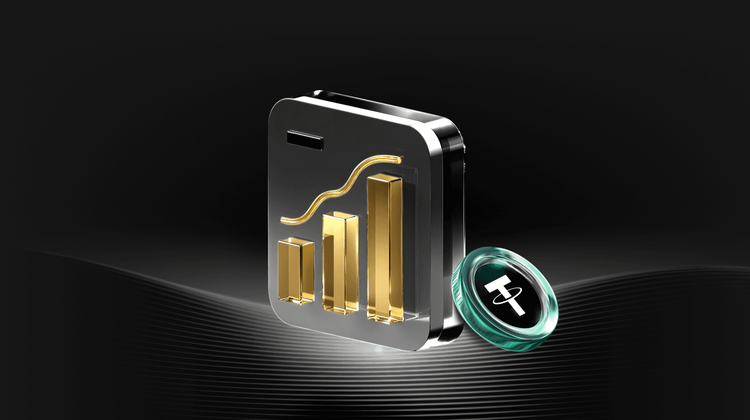
Crypto Treasury Companies Face Uncertain Future by 2026, Ethereum and Solana May Be Affected
Key Takeaways Altan Tutar, CEO of MoreMarkets, predicts a grim outlook for most cryptocurrency treasury companies by 2026.…

BTC, ETH, SOL, XRP, and DOGE Trade Higher Amid Precious Metals Rally
Key Takeaways Bitcoin remained in a tight range between $86,500 and $90,000, showing slight price fluctuations amidst low…

XRP ETF Inflows Surpass USD 1.25 Billion, But Price Movement Stalls
Key Takeaways XRP’s price remains within a narrow range of $1.85 to $1.91, despite a significant increase in…

133 Transactions, $8.6 Billion: Who Bought the Crypto Industry in 2025

Canton Token Surges Amid DTCC’s Tokenized Treasury Plans
Key Takeaways Canton Coin has surged by approximately 27% due to growing institutional interest and DTCC’s announcement to…
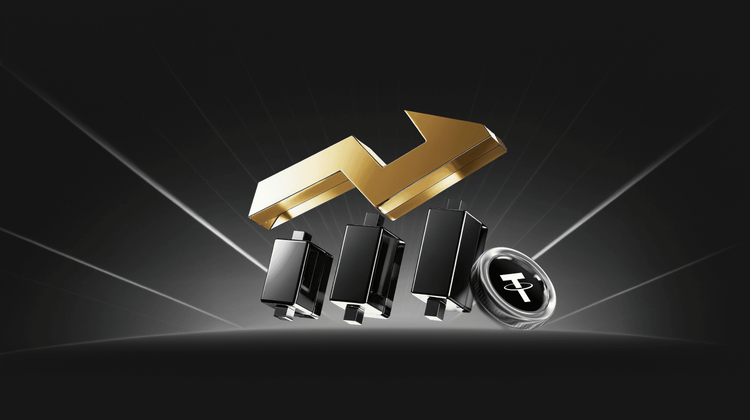
Canton Coin Rallies as DTCC Introduces Tokenized Treasury Plans
Key Takeaways Canton Coin surged by 27% following DTCC’s announcement of tokenizing US Treasury securities on its Canton…

Canton Token Climbs Amid DTCC’s Tokenized Treasury Plans
Key Takeaways: The Canton Coin experienced a 27% increase following DTCC’s announcement of tokenizing US Treasury securities. The…
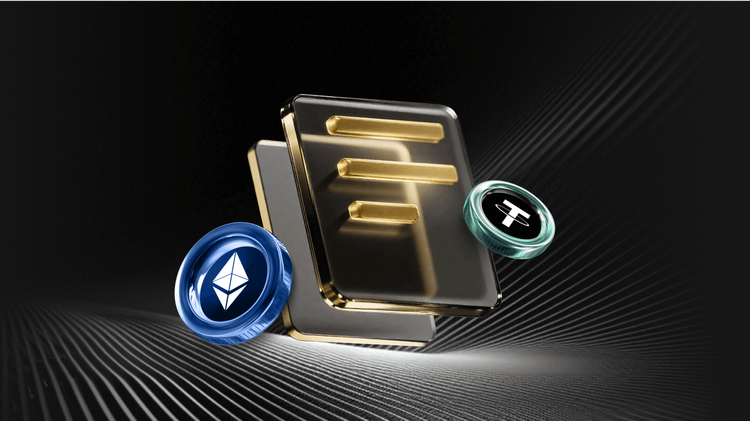
Key Market Intel Discrepancy on December 26 - A Must-Read! | Alpha Morning Report
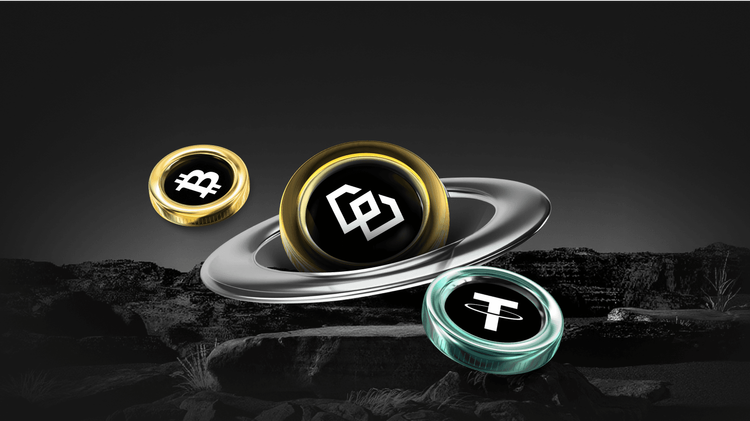
World Cup of 'Oracles': How to Interpret Next Year's Prediction Market Growth Prospects?
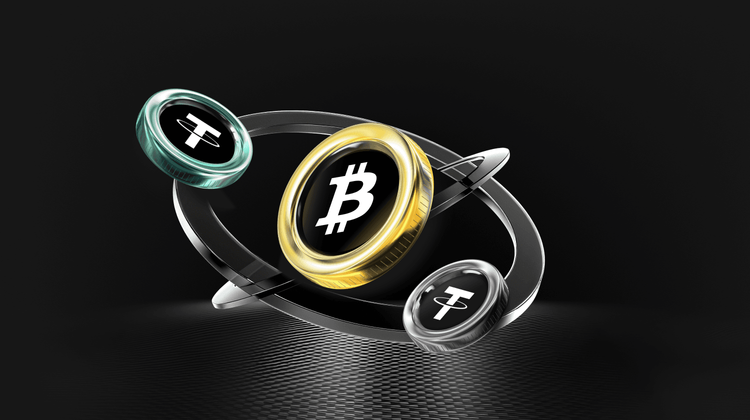
2025 Crypto Rich List: 12 Big Winners, Who Bet on the Money Maker?

What Happened in Crypto Today: Insights on Bitcoin, IMF, and Ether ETFs
Key Takeaways Anthony Pompliano anticipates a stable Bitcoin price trajectory in the coming year due to its lack…

The Trillion-Dollar Stablecoin Battle: Binance Decides to Step in Again
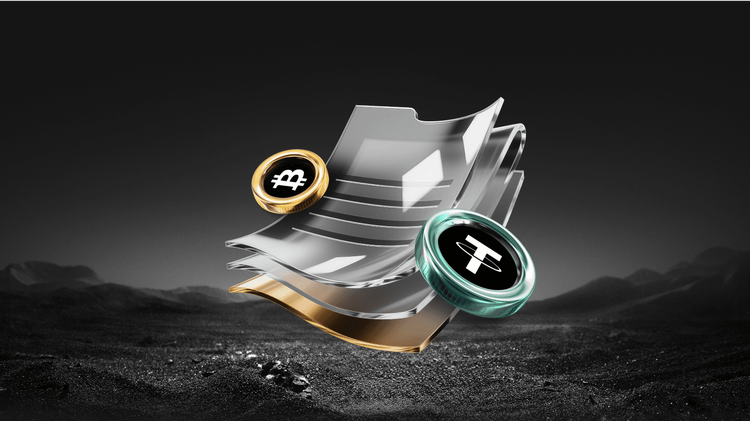
Coinbase Joins Prediction Market, AAVE Governance Dispute - What's the Overseas Crypto Community Talking About Today?
Over the past 24 hours, the crypto market has shown strong momentum across multiple dimensions. The mainstream discussion has focused on Coinbase's official entry into the prediction market through the acquisition of The Clearing Company, as well as the intense controversy within the AAVE community regarding token incentives and governance rights.
In terms of ecosystem development, Solana has introduced the innovative Kora fee layer aimed at reducing user transaction costs; meanwhile, the Perp DEX competition has intensified, with the showdown between Hyperliquid and Lighter sparking widespread community discussion on the future of decentralized derivatives.
This week, Coinbase announced the acquisition of The Clearing Company, marking another significant move to deepen its presence in this field after last week's announcement of launching a prediction market on its platform.
The Clearing Company's founder, Toni Gemayel, and the team will join Coinbase to jointly drive the development of the prediction market business.
Coinbase's Product Lead, Shan Aggarwal, stated that the growth of the prediction market is still in its early stages and predicts that 2026 will be the breakout year for this field.
The community has reacted positively to this, generally believing that Coinbase's entry will bring significant traffic and compliance advantages to the prediction market. However, this has also sparked discussions about the industry's competitive landscape.
Jai Bhavnani, Founder of Rivalry, commented that for startups, if their product model proves to be successful, industry giants like Coinbase have ample reason to replicate it.
This serves as a reminder to all entrepreneurs in the crypto space that they must build significant moats to withstand competition pressure from these giants.
Regulated prediction market platform Kalshi launched its research arm, Kalshi Research, this week, aimed at opening its internal data to the academic community and researchers to facilitate exploration of prediction market-related topics.
Its inaugural research report highlights Kalshi's outperformance in predicting inflation compared to Wall Street's traditional models. Kalshi co-founder Luana Lopes Lara commented that the power of prediction markets lies in the valuable data they generate, and it is now time to better utilize this data.
Meanwhile, Kalshi announced its support for the BNB Chain (BSC), allowing users to deposit and withdraw BNB and USDT via the BSC network.
This move is seen as a significant step for Kalshi to open its platform to a broader crypto user base, aiming to unlock access to the world's largest prediction market. Furthermore, Kalshi also revealed plans to host the first Prediction Market Summit in 2026 to further drive industry engagement and development.
The AAVE community recently engaged in heated debates around an Aave Improvement Proposal (AIP) titled "AAVE Tokenomics Alignment Phase One - Ownership Governance," aiming to transfer ownership and control of the Aave brand from Aave Labs to Aave DAO.
Aave founder Stani Kulechov publicly stated his intention to vote against the proposal, believing it oversimplifies the complex legal and operational structure, potentially slowing down the development process of core products like Aave V4.
The community's reaction was polarized. Some criticized Stani for adopting a "double standard" in governance and questioned whether his team had siphoned off protocol revenue, while others supported his cautious stance, arguing that significant governance changes require more thorough discussion.
This controversy highlights the tension between the ideal of DAO governance in DeFi projects and the actual power held by core development teams.
Despite governance disputes putting pressure on the AAVE token price, on-chain data shows that Stani Kulechov himself has purchased millions of dollars' worth of AAVE in the past few hours.
Simultaneously, a whale address, 0xDDC4, which had been quiet for 6 months, once again spent 500 ETH (approximately $1.53 million) to purchase 9,629 AAVE tokens. Data indicates that this whale has accumulated nearly 40,000 AAVE over the past year but is currently in an unrealized loss position.
The founder and whale's increased holdings during market volatility were interpreted by some investors as a confidence signal in AAVE's long-term value.
In this week's top article, Morpho Labs' "Curator Explained" detailed the role of "curators" in DeFi.
The article likened curators to asset managers in traditional finance, who design, deploy, and manage on-chain vaults, providing users with a one-click diversified investment portfolio.
Unlike traditional fund managers, DeFi curators execute strategies automatically through non-custodial smart contracts, allowing users to maintain full control of their assets. The article offered a new perspective on the specialization and risk management in the DeFi space.
Another widely circulated article, "Ethereum 2025: From Experiment to Global Infrastructure," provided a comprehensive summary of Ethereum's development over the past year. The article noted that 2025 is a crucial year for Ethereum's transition from an experimental project to global financial infrastructure. Through the Pectra and Fusaka hard forks, Ethereum achieved significant reductions in account abstraction and transaction costs.
Furthermore, the SEC's clarification of Ethereum's "non-securities" nature and the launch of tokenized funds on the Ethereum mainnet by traditional financial giants like JPMorgan marked Ethereum's gaining recognition from mainstream institutions. The article suggested that whether it is the continued growth of DeFi, the thriving L2 ecosystem, or the integration with the AI field, Ethereum's vision as the "world computer" is gradually becoming a reality.
The Solana Foundation engineering team released a fee layer solution called Kora this week.
Kora is a fee relayer and signatory node designed to provide the Solana ecosystem with a more flexible transaction fee payment method. Through Kora, users will be able to achieve gas-free transactions or choose to pay network fees using any stablecoin or SPL token. This innovation is seen as an important step in lowering the barrier of entry for new users and improving Solana network's availability.
Additionally, a deep research report on propAMM (proactive market maker) sparked community interest. The report's data analysis of propAMMs on Solana like HumidiFi indicated that Solana has achieved, or even surpassed, the level of transaction execution quality in traditional finance (TradFi) markets.
For example, on the SOL-USDC trading pair, HumidiFi is able to provide a highly competitive spread for large trades (0.4-1.6 bps), which is already better than the trading slippage of some mid-cap stocks in traditional markets.
Research suggests that propAMM is making the vision of the "Internet Capital Market" a reality, with Solana emerging as the prime venue for all of this to happen.
The competition in the perpetual contract DEX (Perp DEX) space is becoming increasingly heated.
In its latest official article, Hyperliquid has positioned its emerging competitor, Lighter, alongside centralized exchanges like Binance, referring to it as a platform utilizing a centralized sequencer. Hyperliquid emphasizes its transparency advantage of being "fully on-chain, operated by a validator network, and with no hidden state."
The community widely interprets this as Hyperliquid declaring "war" on Lighter. The technical differences between the two platforms have also become a focal point of discussion: Hyperliquid focuses on ultimate on-chain transparency, while Lighter emphasizes achieving "verifiable execution" through zero-knowledge proofs to provide users with a Central Limit Order Book (CLOB)-like trading experience.
This battle over the future direction of decentralized derivatives exchanges is expected to peak in 2026.
Meanwhile, discussions about Lighter's trading fees have surfaced. Some users have pointed out that Lighter charged as much as 81 basis points (0.81%) for a $2 million USD/JPY forex trade, far exceeding the near-zero spreads of traditional forex brokers.
Some argue that Lighter does not follow a B-book model that bets against market makers, instead anchoring its prices to the TradFi market, and the high fees may be related to the current liquidity or market maker balance incentives. Providing a more competitive spread for real-world assets (RWA) in the highly volatile crypto market is a key issue Lighter will need to address in the future.

Audiera Sees Massive Price Surge – Key Cryptocurrency Updates
Key Takeaways Audiera (BEAT) has witnessed significant growth, experiencing a 70.10% increase in the past week. Despite the…

CZ Year-End Q&A Summary: In addition to Giggle Academy, what other projects is he working on?
December 29th Market Key Intelligence, How Much Did You Miss?
XRP ETFs Attract Institutional Interest as Inflows Surpass Expectations
Key Takeaways XRP spot ETFs have experienced substantial inflows since their launch in November 2025, surpassing $1.1 billion.…
Bitcoin Reaches $90,000 Amid Geopolitical Tensions and Oil Price Surge
Key Takeaways Bitcoin recently surged past $90,000, driven by heightened geopolitical tensions and rising oil prices. The cryptocurrency…
Crypto Treasury Companies Face Uncertain Future by 2026, Ethereum and Solana May Be Affected
Key Takeaways Altan Tutar, CEO of MoreMarkets, predicts a grim outlook for most cryptocurrency treasury companies by 2026.…
BTC, ETH, SOL, XRP, and DOGE Trade Higher Amid Precious Metals Rally
Key Takeaways Bitcoin remained in a tight range between $86,500 and $90,000, showing slight price fluctuations amidst low…
XRP ETF Inflows Surpass USD 1.25 Billion, But Price Movement Stalls
Key Takeaways XRP’s price remains within a narrow range of $1.85 to $1.91, despite a significant increase in…
Popular coins
Latest Crypto News
Customer Support:@weikecs
Business Cooperation:@weikecs
Quant Trading & MM:bd@weex.com
VIP Services:support@weex.com
